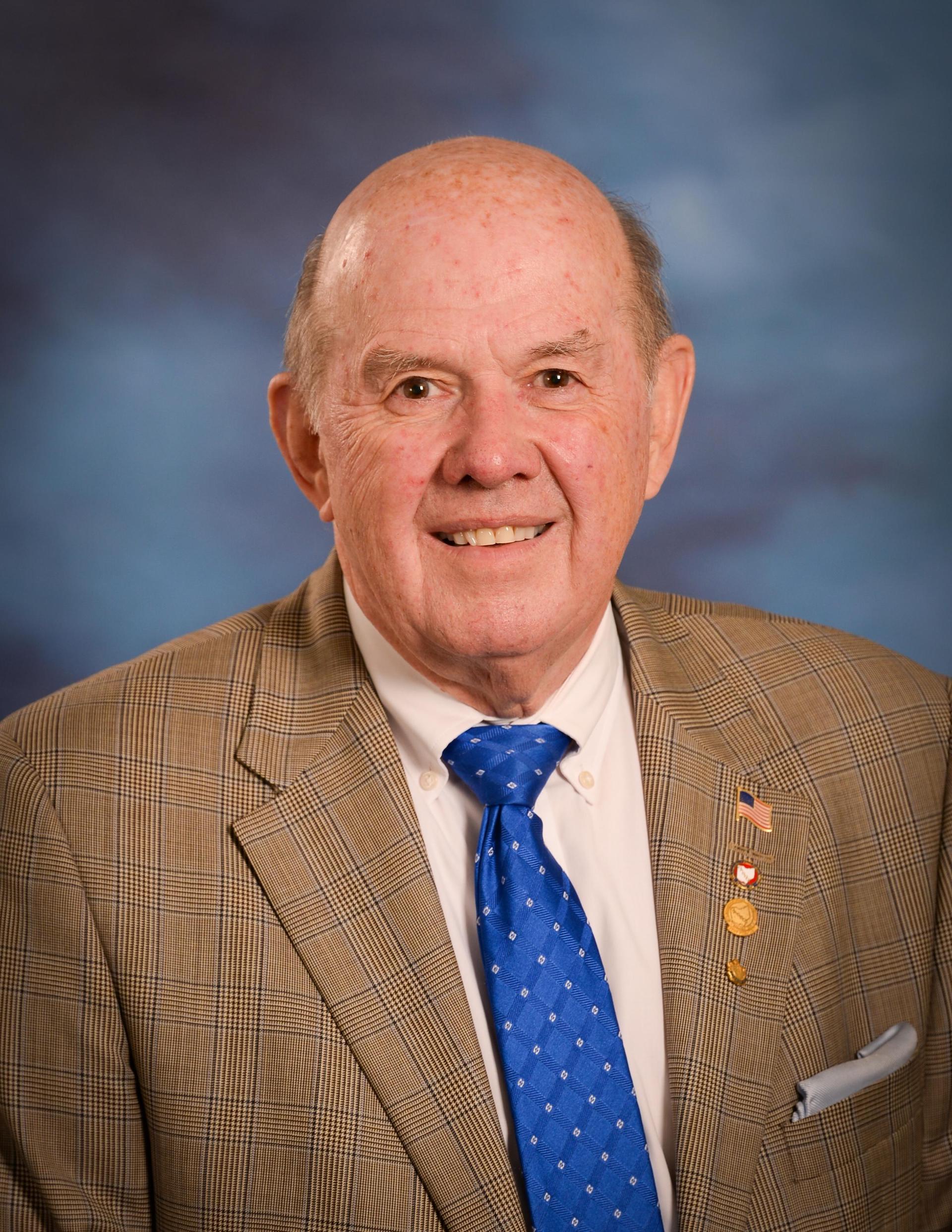“I made that s-o-b”
Heckuva line to open with, eh? Chalk it up to Julie Thompson who made it part of her presentation on the Last Great Train Robbery in the U.S. and the perpetrator, Al “Creepy” Karpis, who spoke those words in reference to J. Edgar Hoover, head of the F.B.I. Probably true, too.
 It was quite a tale. From little Albin Francis Karpowicz whose first grade teacher changed his name to something more “normal” to Public Enemy #1, the guy was one of those individuals that your mother warned you all against. From petty thievery to kidnapping to bank robbery to train robbery( He was fascinated by trains) to homicide, working solo or with evil companions like the Barker Gang, this was one mean dude.
It was quite a tale. From little Albin Francis Karpowicz whose first grade teacher changed his name to something more “normal” to Public Enemy #1, the guy was one of those individuals that your mother warned you all against. From petty thievery to kidnapping to bank robbery to train robbery( He was fascinated by trains) to homicide, working solo or with evil companions like the Barker Gang, this was one mean dude.
The video, pictures and clips of the newspaper headlines of the time used to introduce the program showed a deceptively mild-looking man and some of the people he became involved with in his law-breaking career as well as some of the venues that hosted(quite unintentionally) his exploits in a life of crime. It all came to an end after the heist staged at the Erie RR depot in Garrettsville on November 7, 1935. Subsequent to escaping to Port Clinton and then New Orleans, Karpis was captured by “human source” information (His girlfriend ratted him out) and new procedures introduced by Hoover to the FBI’s technical arsenal (Karpis had his fingerprints removed and his earlobes extended. Hoover upgraded forensic labs and brought in the Thompson submachine gun); the U.S. Postal Inspectors also made great contributions in the chase.
Financially speaking, the Last Great Train Robbery was a bust, since the amount of money acquired was not nearly the assumed value of the payroll which had been the target of the operation(It was changed at the last minute). The official press was that J. Edgar Hoover made the collar himself in April, 1936 but there is some shadow of doubt on that version of the event. There is none on the fact that Karpis was taken into custody, not in handcuffs but bound by a yellow silk tie; the officials thought that he would not be taken alive and so no ‘cuffs would be necessary. Kidnapping was the charge that Karpis was tried on; he was found guilty and sent to Alcatraz, serving the longest sentence there on record. He was paroled in 1969 then sent back to Montreal, Canada, country of his birth. He died in Spain in 1972.
Ms Thompson’s premise in this exploration of this event and its ramifications is that more people in the general population should be aware of the importance of local history in understanding the sweep of national and international developments. In this particular instance, local lore has it that the James A. Garfield Local School District mascot, the G-Man, originated with the appearance of the Government Men (G-Men, so-described in the arrest of “Machine Gun” Kelly—“Don’t shoot, G-Men!”) in the village after the robbery. As a loyal G-Man herself, Ms Thompson found this a point of interest and pursued it. Her pursuit was aided by numerous groups and individuals whom she graciously thanked: husband, Lucien, Chuck Klamer, recently retired Garfield superintendent, Kit Semplak, president of the James A. Garfield Historical Society, and the Society itself, The Record-Courier, the Akron Beacon-Journal, the Warren Tribune-Chronicle, Christine Pitsinger of the Journal, the Weekly Villager, the Plain Dealer the Western Reserve Historical Society, the Ohio State University and the Ohio State Historical Society, Richard Teresi. Local sources included Mr. Richard Davis, whose father, Earl Davis, had been forced to carry mail bags to the getaway car. Other references were derived from records of Alcatraz and the Clint Eastwood-directed bio-pic, “J. Edgar”.
Her presentation was articulate, animated and an acknowledgement of the rightness of her selection as one of sixty students chosen out of more than eight hundred applications by the Council on Undergraduate Research for presentation in Washington, D.C . County Commissioner Tommie Jo Marsilio presented Ms Thompson with a certificate of recognition from the Portage County Board of Commissioners for her accomplishment, as well as her aim to get a historical marker erected at the location where the train robbery took place.
True Detective Magazine, indeed![hr]
Video Contributed by Rich Teresi














